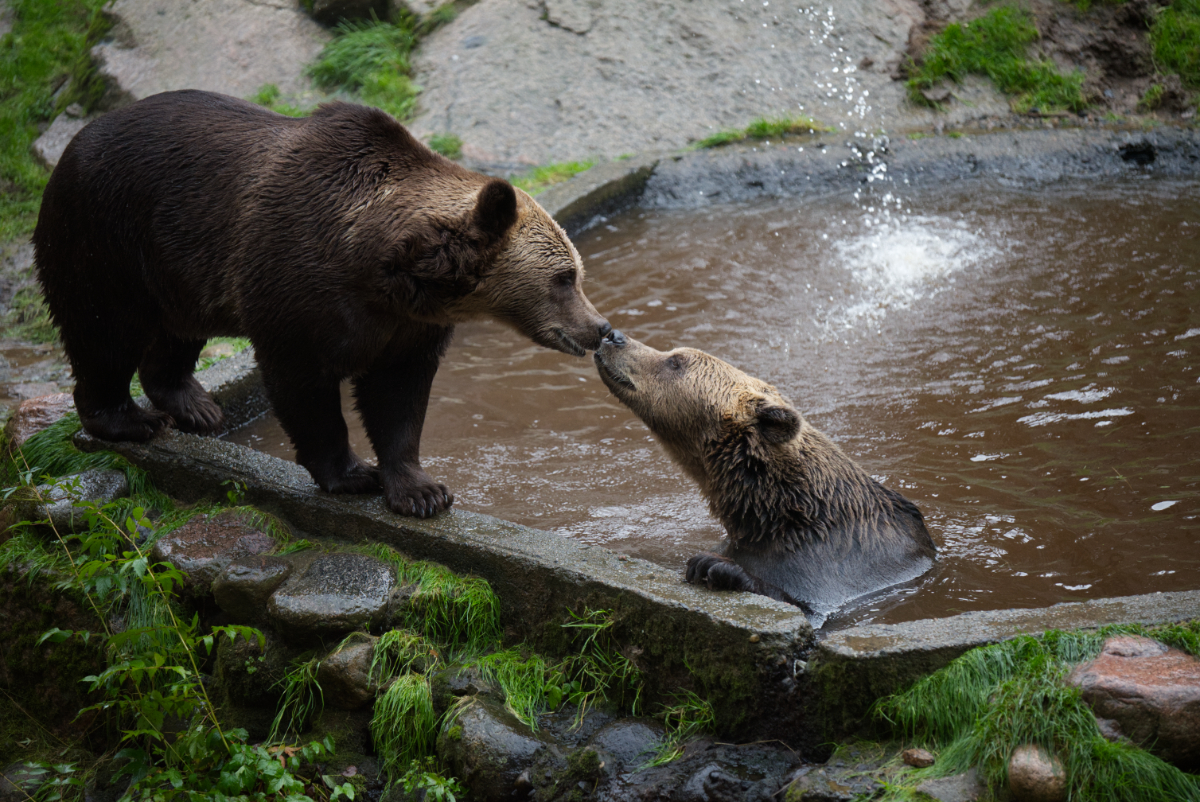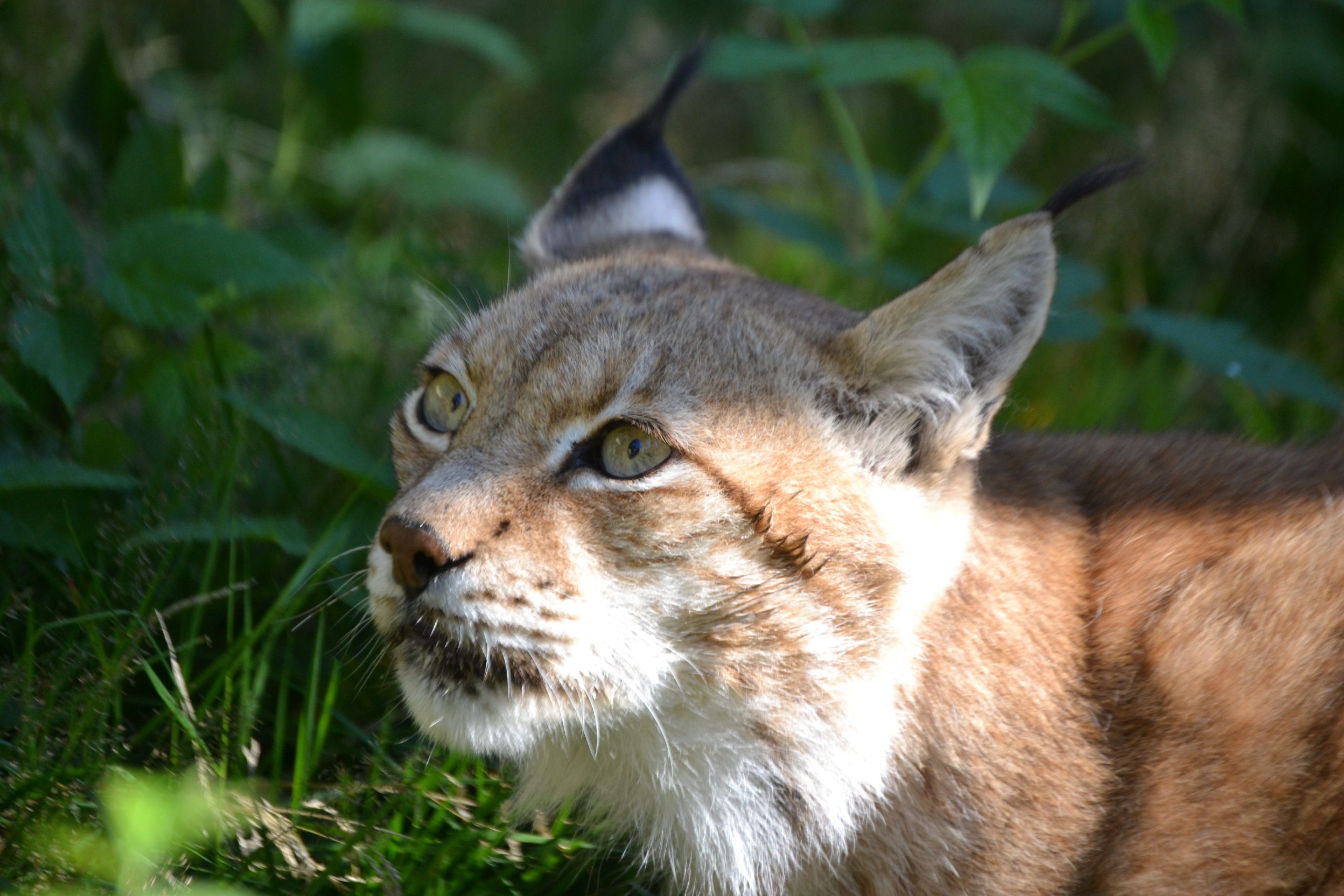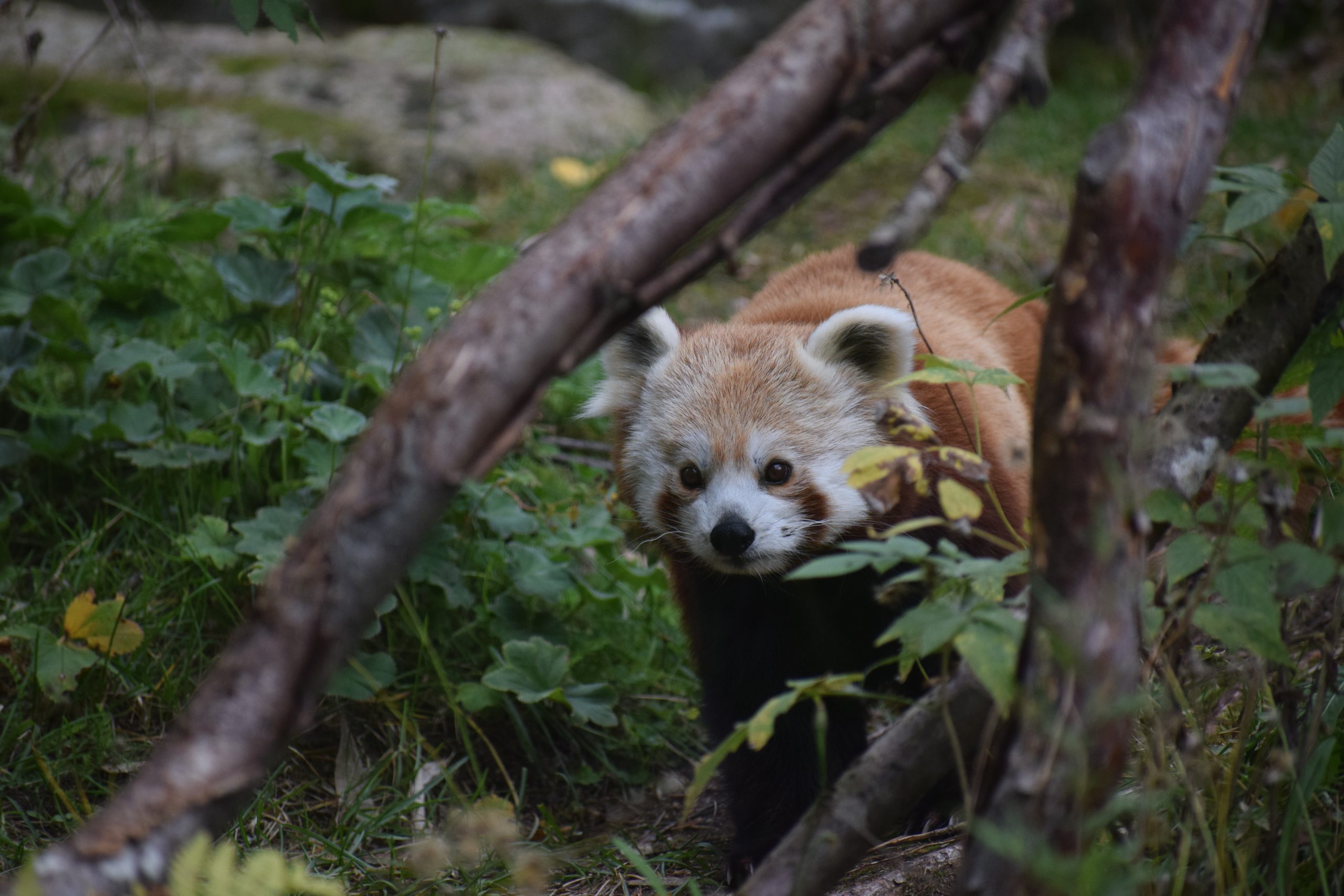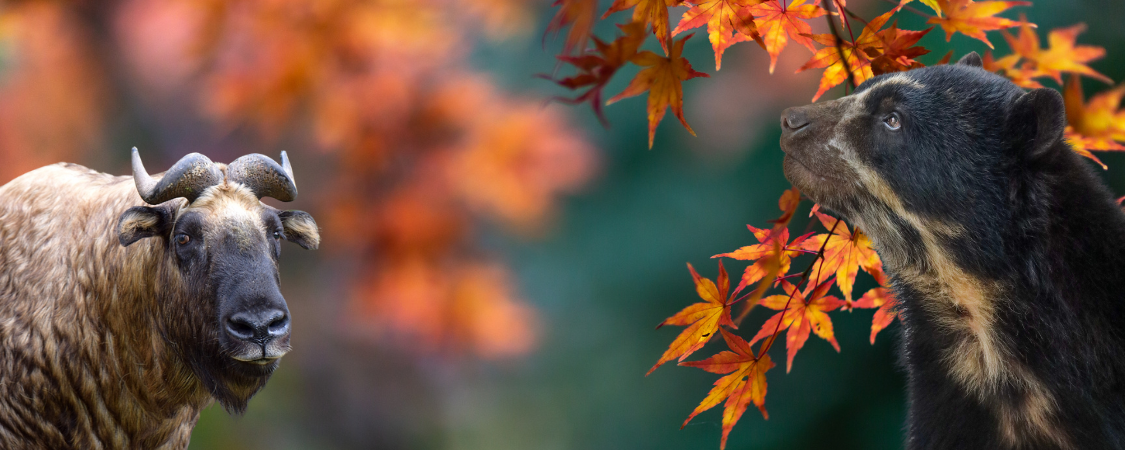Finnish animals play a crucial role in maintaining the health and balance of Finland’s diverse ecosystems. From the iconic brown bears and wolverines to the industrious beavers and elusive lynx, these native species perform vital ecological functions that support biodiversity and ensure ecosystem resilience. The complex relationships between Finnish wildlife and their habitats have evolved over thousands of years, creating interdependent systems where each species contributes to nutrient cycling, habitat creation, and population control. Protecting these animals is essential not only for their intrinsic value but for the continued functioning of Finland’s forests, wetlands, and waterways.
Understanding the ecological significance of Finnish wildlife
Finland’s diverse ecosystems, spanning from southern deciduous forests to northern tundra, host a remarkable variety of wildlife adapted to the challenging Nordic conditions. These native species have co-evolved with their environments over millennia, developing specialized roles that contribute to ecological balance.
Finnish wildlife includes keystone species like brown bears and wolves, whose presence affects entire ecosystem dynamics. Without these animals, ecosystems would function very differently – prey populations might explode, vegetation patterns would shift, and cascading effects would ripple through food webs.
Finland’s animals also serve as indicators of environmental health. When species like the Saimaa ringed seal thrive, it suggests the ecosystem is functioning properly. Conversely, declining populations can signal environmental problems before they become catastrophic. Understanding these relationships helps us recognize why conservation efforts are critical for maintaining Finland’s natural heritage.
What role do Finnish forest animals play in maintaining biodiversity?
Finnish forest animals serve as crucial architects of woodland biodiversity through multiple ecological processes. Large mammals like wolverines, lynx and bears control prey populations, preventing overgrazing and allowing diverse plant communities to flourish.
Seed dispersal is another vital function performed by Finnish wildlife. Species like the Siberian jay spread tree seeds throughout the forest floor, aiding forest regeneration in areas that might otherwise struggle to recover. Similarly, squirrels who cache nuts and seeds effectively plant new trees, supporting forest renewal.
Many Finnish forest creatures also serve as ecosystem engineers. Woodpeckers create nesting cavities that later benefit dozens of other species. Insects break down dead matter, recycling nutrients back into the soil. Even seemingly minor species like ants play outsized roles by aerating soil and distributing seeds. These interconnected relationships create the conditions necessary for Finland’s forests to support thousands of plant and animal species.
Visitors can discover these fascinating forest animals through guided tours that showcase their natural behaviors and ecological importance.
How do Finnish aquatic species contribute to healthy water ecosystems?
Finland’s abundant lakes and rivers host unique aquatic wildlife that maintains water quality and ecosystem function. Otters and beavers stand out as keystone species with disproportionate ecological impact relative to their numbers.
Beavers function as nature’s engineers, creating dams that transform landscapes and form wetland habitats. These wetlands trap sediments, filter pollutants, and provide essential breeding grounds for fish, amphibians, and waterfowl. The ponds created by beaver activity also help regulate water flow, reducing flood risks during heavy rainfall and maintaining water levels during dry periods.
Finnish fish species form complex food webs that maintain balance within aquatic ecosystems. Predatory fish like pike control smaller fish populations, preventing any single species from dominating. Meanwhile, species like grayling and whitefish help regulate aquatic invertebrate communities and serve as food sources for larger predators, including humans.
Even seemingly insignificant species like freshwater mussels play critical roles by filtering water, removing algae, bacteria, and suspended particles that would otherwise reduce water quality. This filtration helps maintain the crystal-clear waters Finland is famous for, supporting both ecological health and human enjoyment of these precious resources.
Why are Finnish predators essential for ecosystem balance?
Predators such as wolves, lynx, and bears are often misunderstood, yet they perform essential ecological services that maintain healthy Finnish ecosystems. These apex predators regulate prey populations through a process ecologists call trophic cascades, where effects ripple throughout the entire food web.
When wolves hunt deer and moose, they prevent overgrazing of vegetation, allowing tree saplings to mature and forests to regenerate naturally. This forest regrowth provides habitat for countless bird species and small mammals. The predators typically target weaker or diseased individuals, strengthening prey gene pools and limiting the spread of wildlife diseases.
Finnish predators also influence prey behavior, keeping herbivores moving rather than concentrating in sensitive areas. This movement pattern prevents excessive browsing and promotes more even vegetation growth across the landscape. The resulting mosaic of habitats supports greater biodiversity than would exist without these natural controls.
Even after death, predators continue to support ecosystem function. Their carcasses provide essential food for scavengers and decomposers, recycling nutrients and supporting soil health throughout Finland’s forests and tundra regions.
How does Ähtäri Zoo’s conservation work protect Finnish ecosystem health?
Conservation initiatives focused on Finnish wildlife play a crucial role in maintaining ecosystem health across the country. Breeding programs for threatened species like the Arctic fox help maintain genetic diversity and prevent local extinctions that would disrupt ecological relationships.
Research conducted through conservation programs provides vital insights into wildlife behavior, health, and population dynamics. This knowledge helps shape effective protection strategies not just for individual species, but for entire habitats. By understanding how species interact, conservationists can design more comprehensive approaches to ecosystem preservation.
Public education represents another powerful conservation tool. When visitors learn about Finnish wildlife and their ecological importance, they develop deeper appreciation for these animals and greater understanding of how human activities affect natural systems. This awareness often translates into support for conservation policies and personal choices that reduce environmental impact.
Habitat restoration projects further strengthen ecosystem resilience by repairing damaged landscapes and creating wildlife corridors that allow animals to move between isolated populations. These efforts help counteract habitat fragmentation, one of the greatest threats to Finland’s biodiversity, ensuring animals can fulfill their ecological roles across the landscape.
Visitors interested in Finnish wildlife conservation can support these important efforts through the Zoo shop, where purchases help fund ongoing protection initiatives.
Key takeaways: Protecting Finnish wildlife for future ecosystem stability
The health of Finland’s ecosystems depends on the complex interactions between diverse native species and their environments. From forest predators controlling herbivore populations to aquatic creatures maintaining water quality, each species performs irreplaceable ecological functions that maintain natural balance.
Climate change, habitat loss, and pollution present significant challenges to Finnish wildlife. As temperatures warm, species adapted to cold conditions face increasing pressure, potentially disrupting ecological relationships developed over thousands of years. Conservation efforts must address these threats comprehensively to preserve ecosystem integrity.
The interconnectedness of ecosystems means that protecting individual species requires protecting entire habitats and ecological processes. This holistic approach recognizes that removing even seemingly insignificant species can trigger cascading effects throughout the system.
Public engagement plays a vital role in conservation success. By learning about Finland’s unique wildlife and the ecological services they provide, individuals can make informed choices that support biodiversity. Whether through supporting conservation organizations, making sustainable consumer choices, or participating in citizen science, everyone can contribute to preserving Finland’s natural heritage for future generations.




